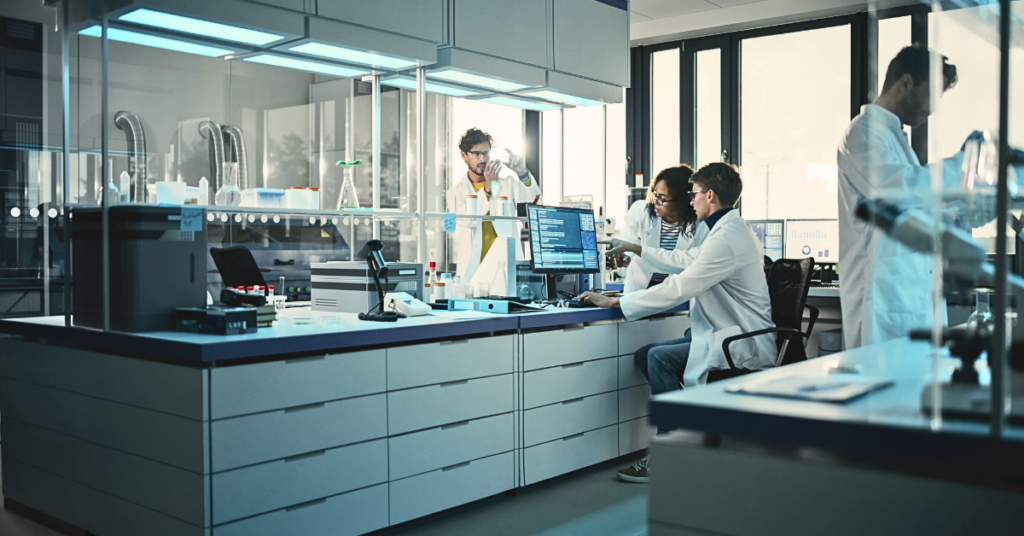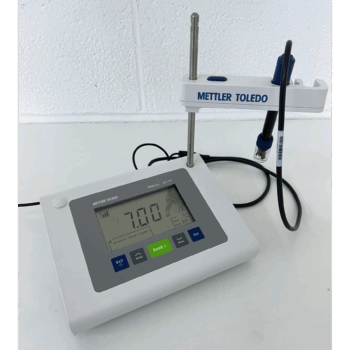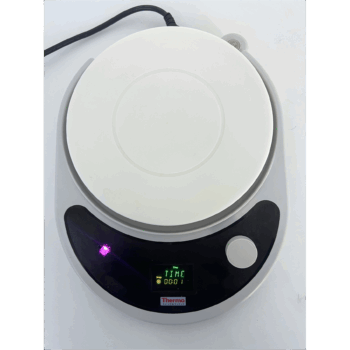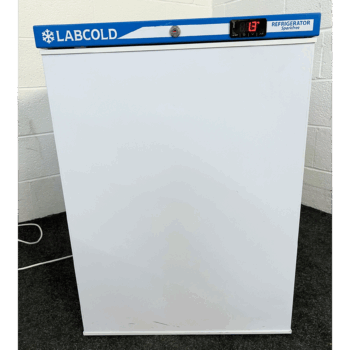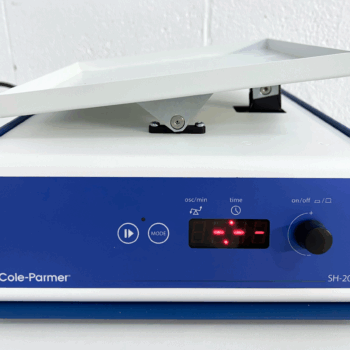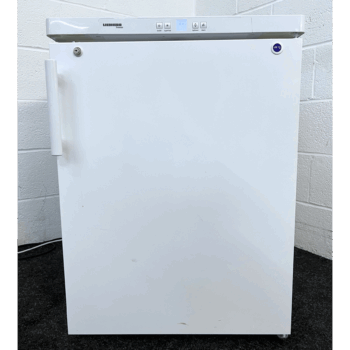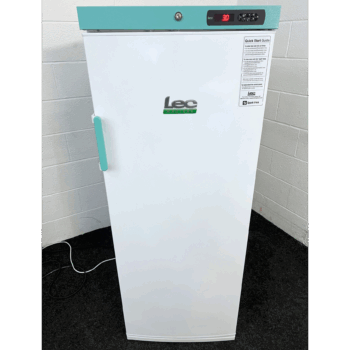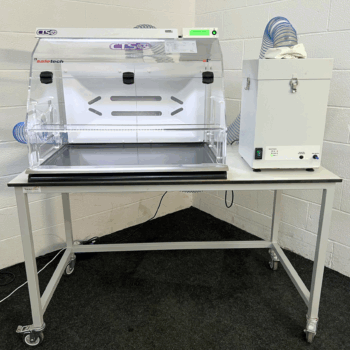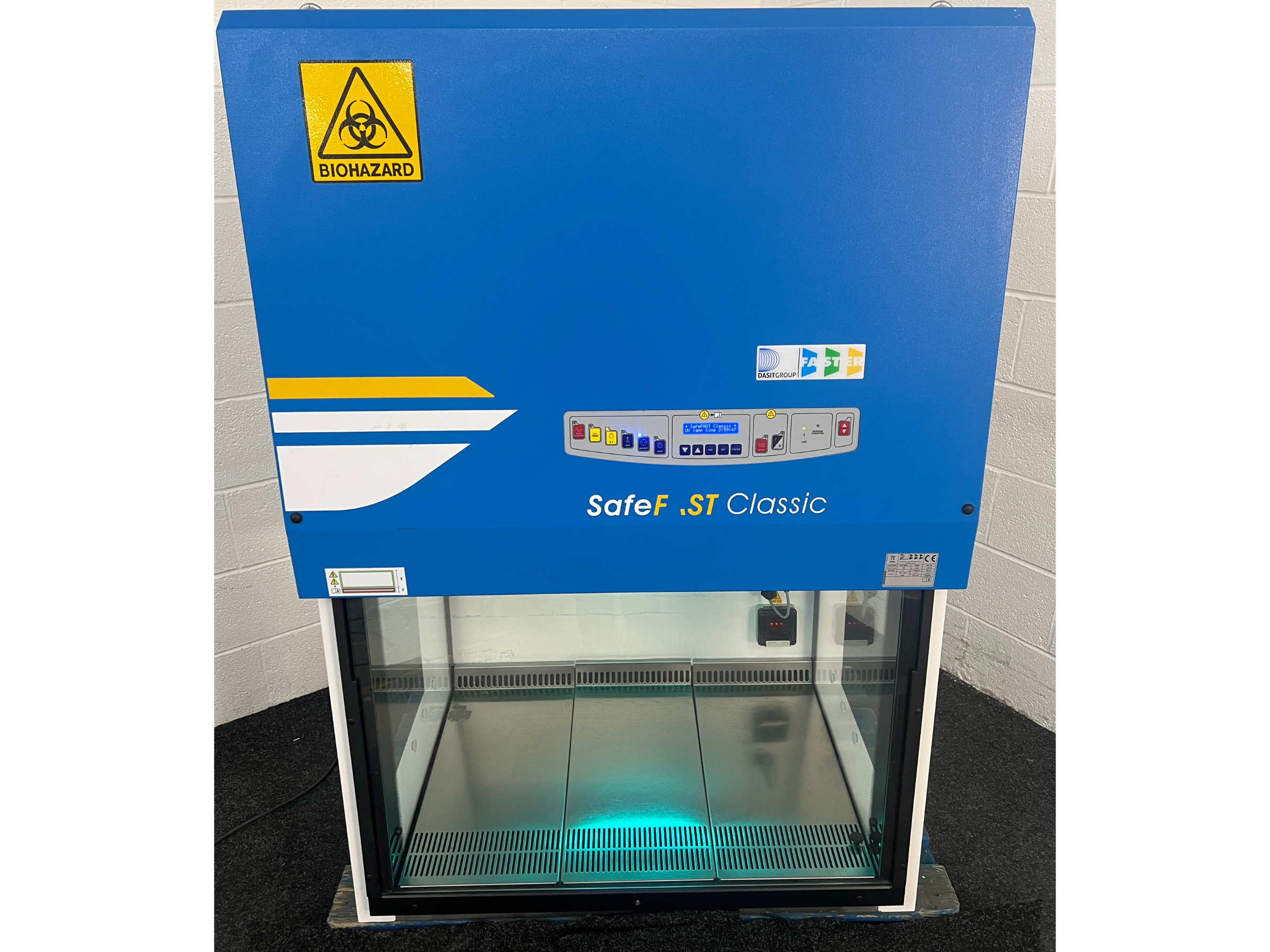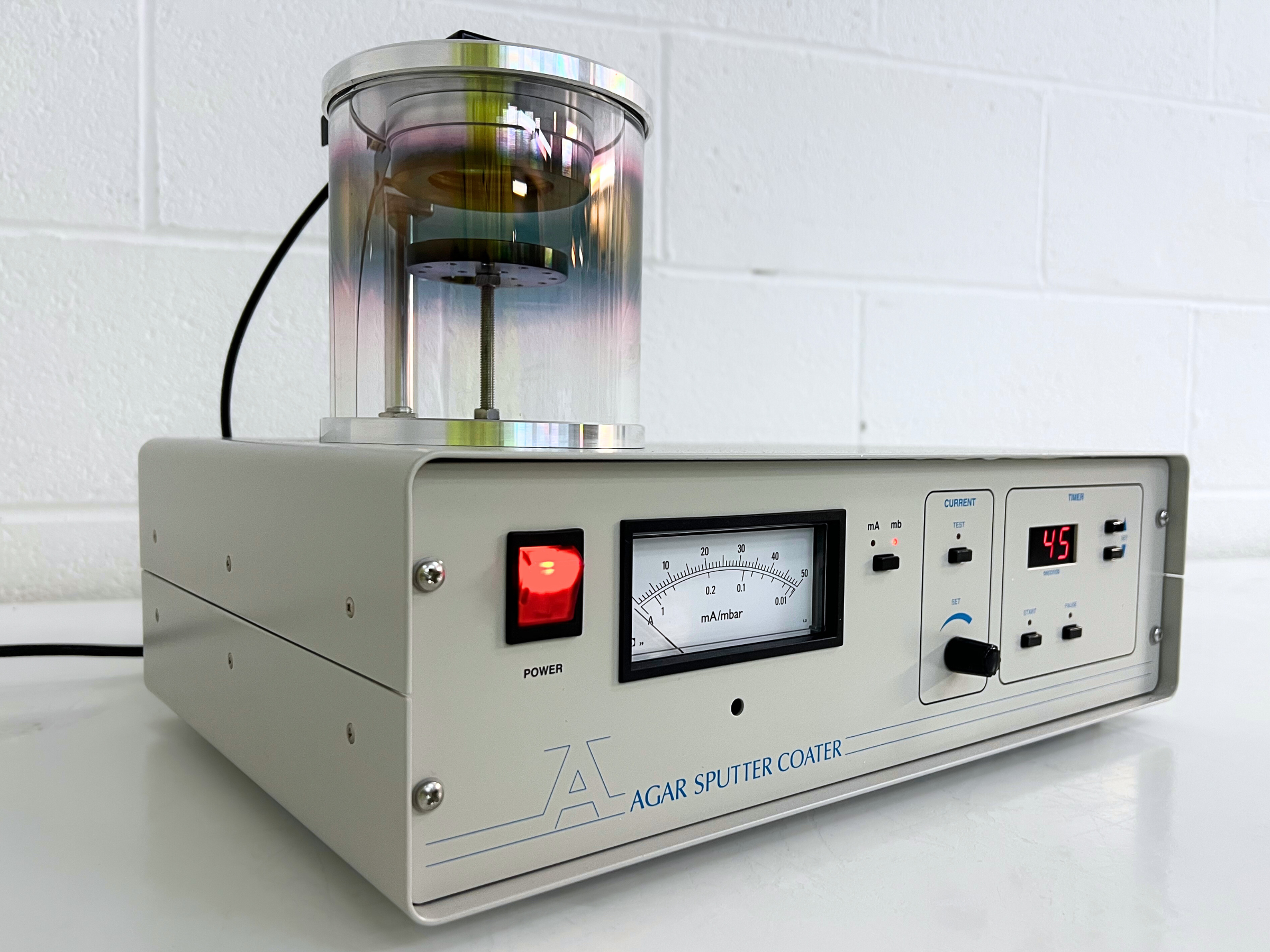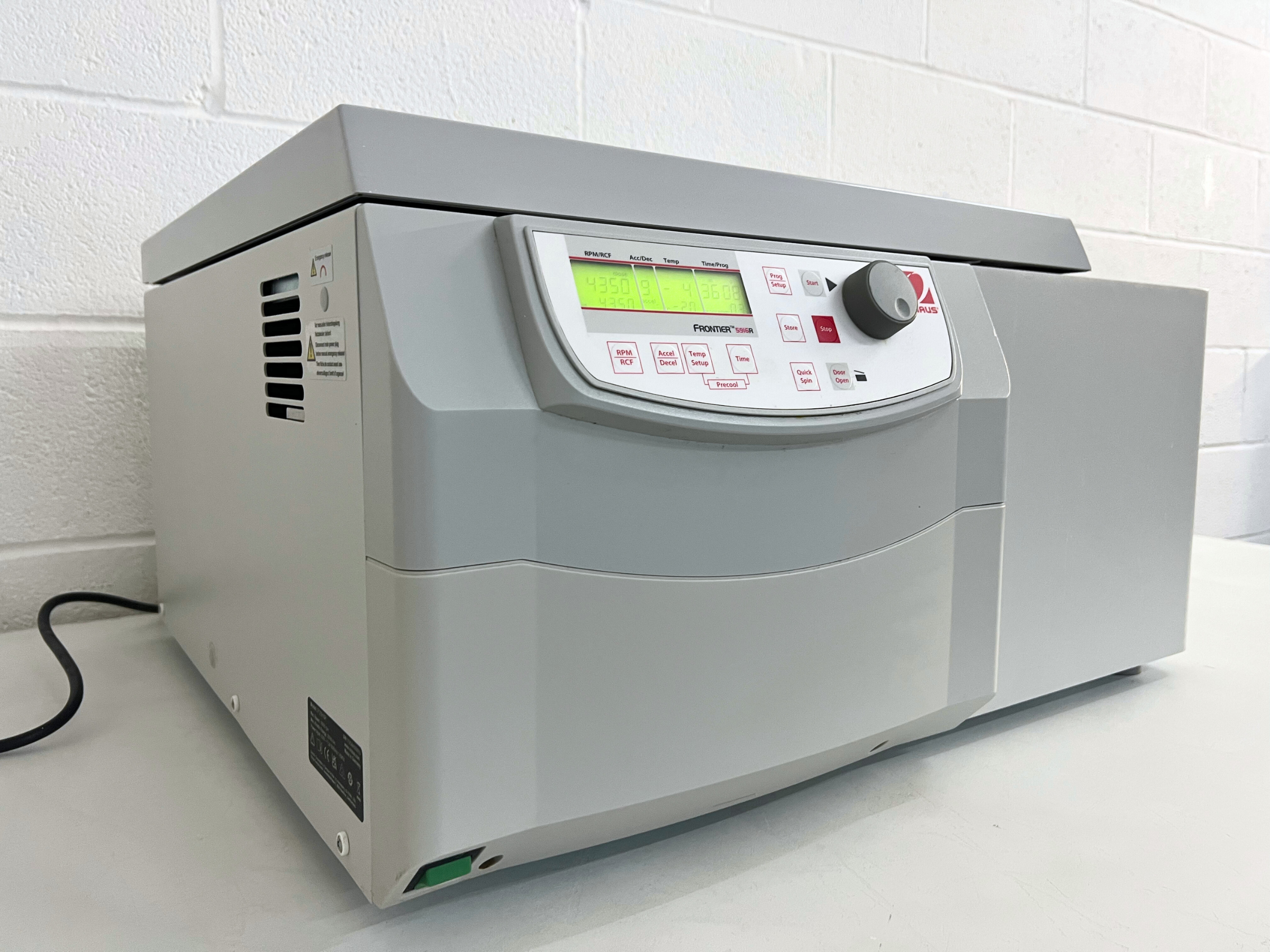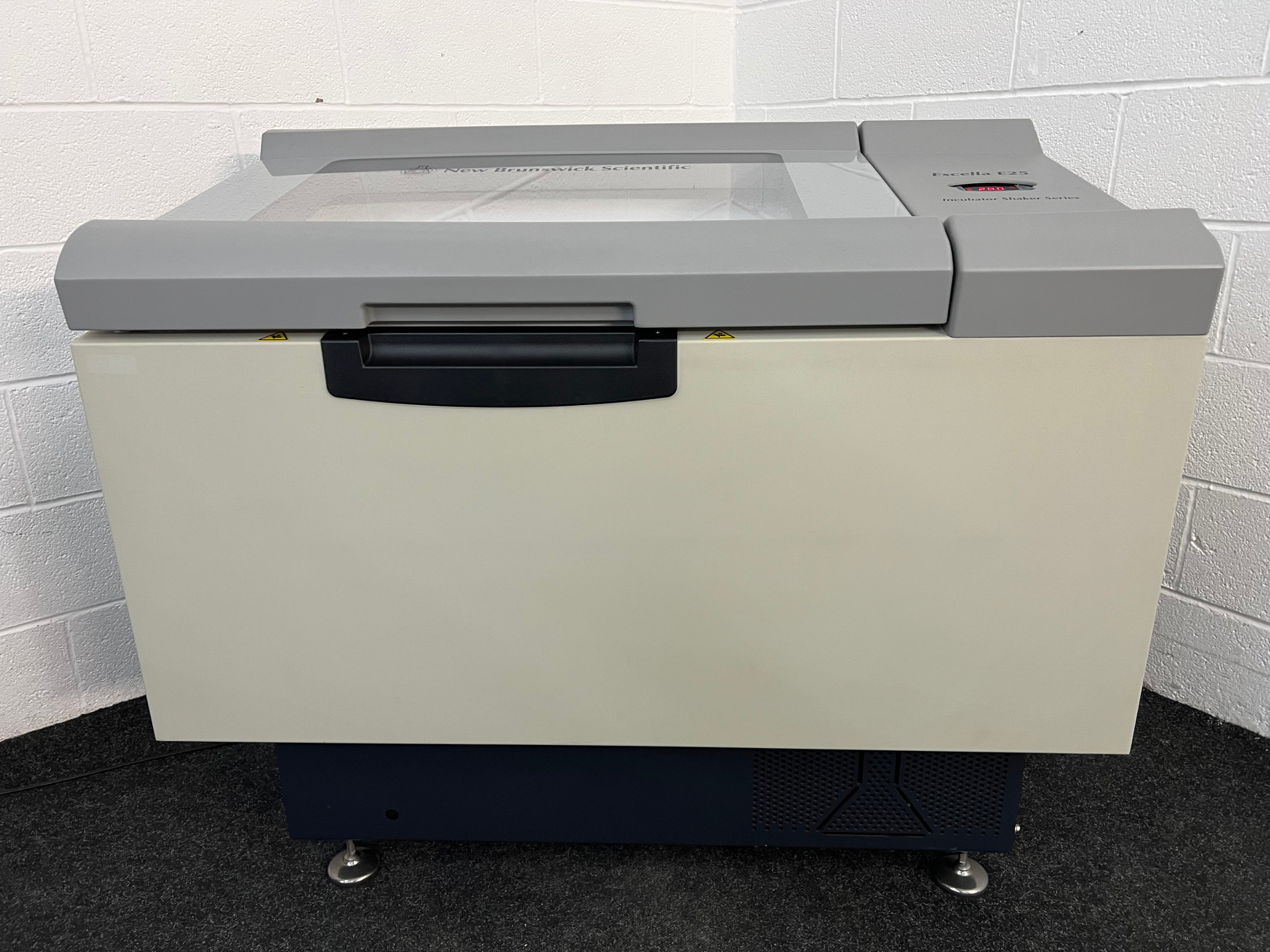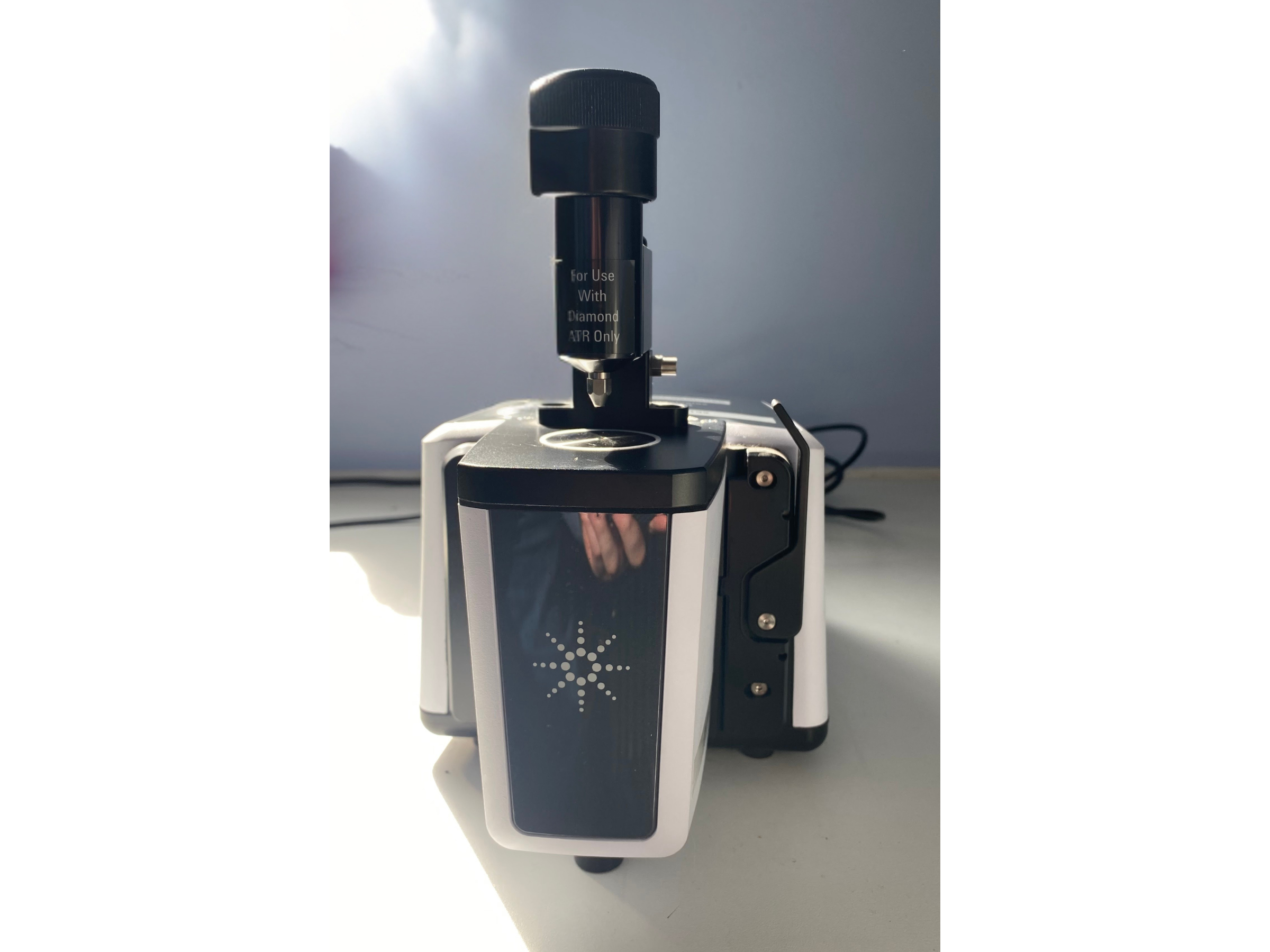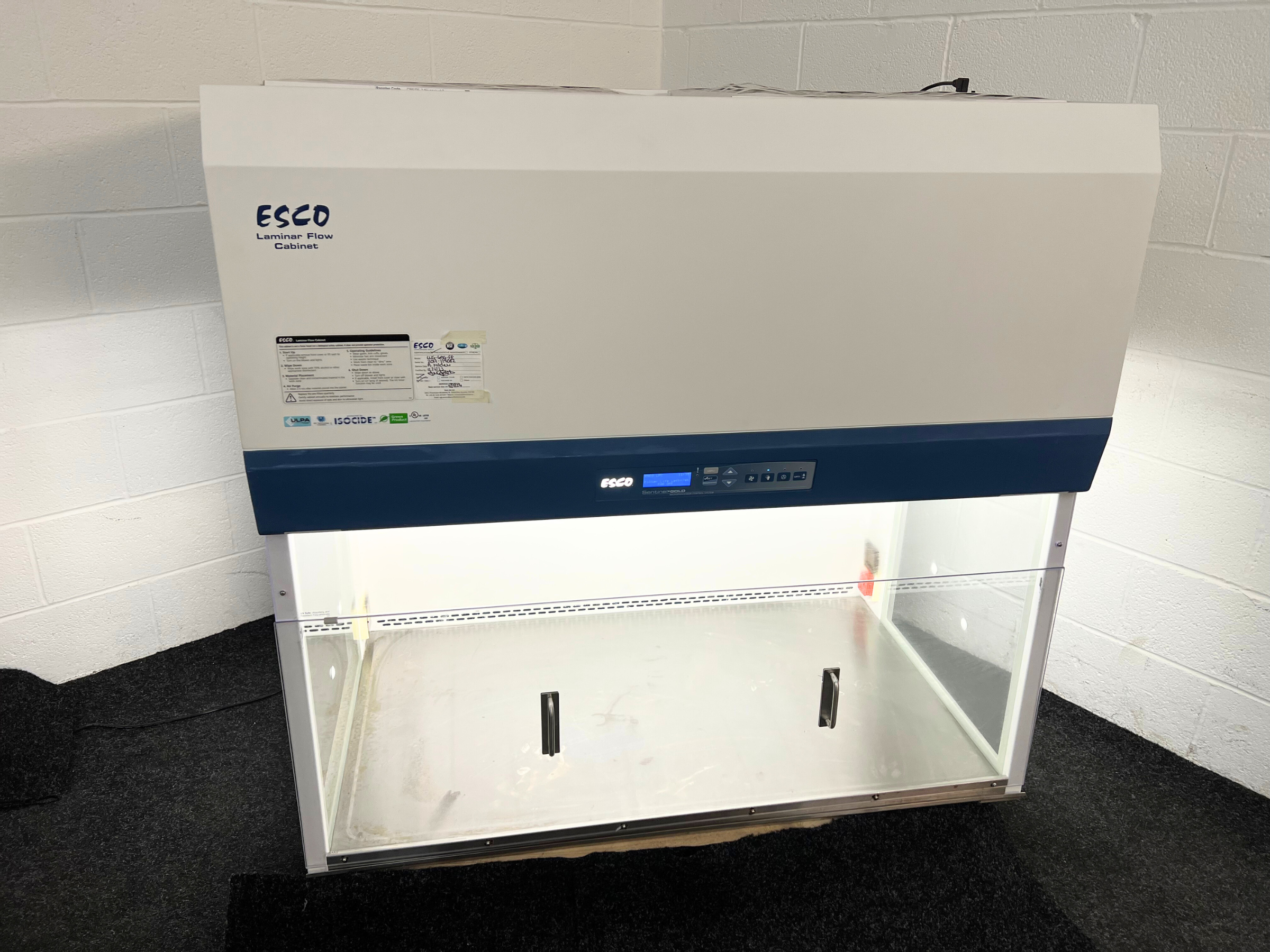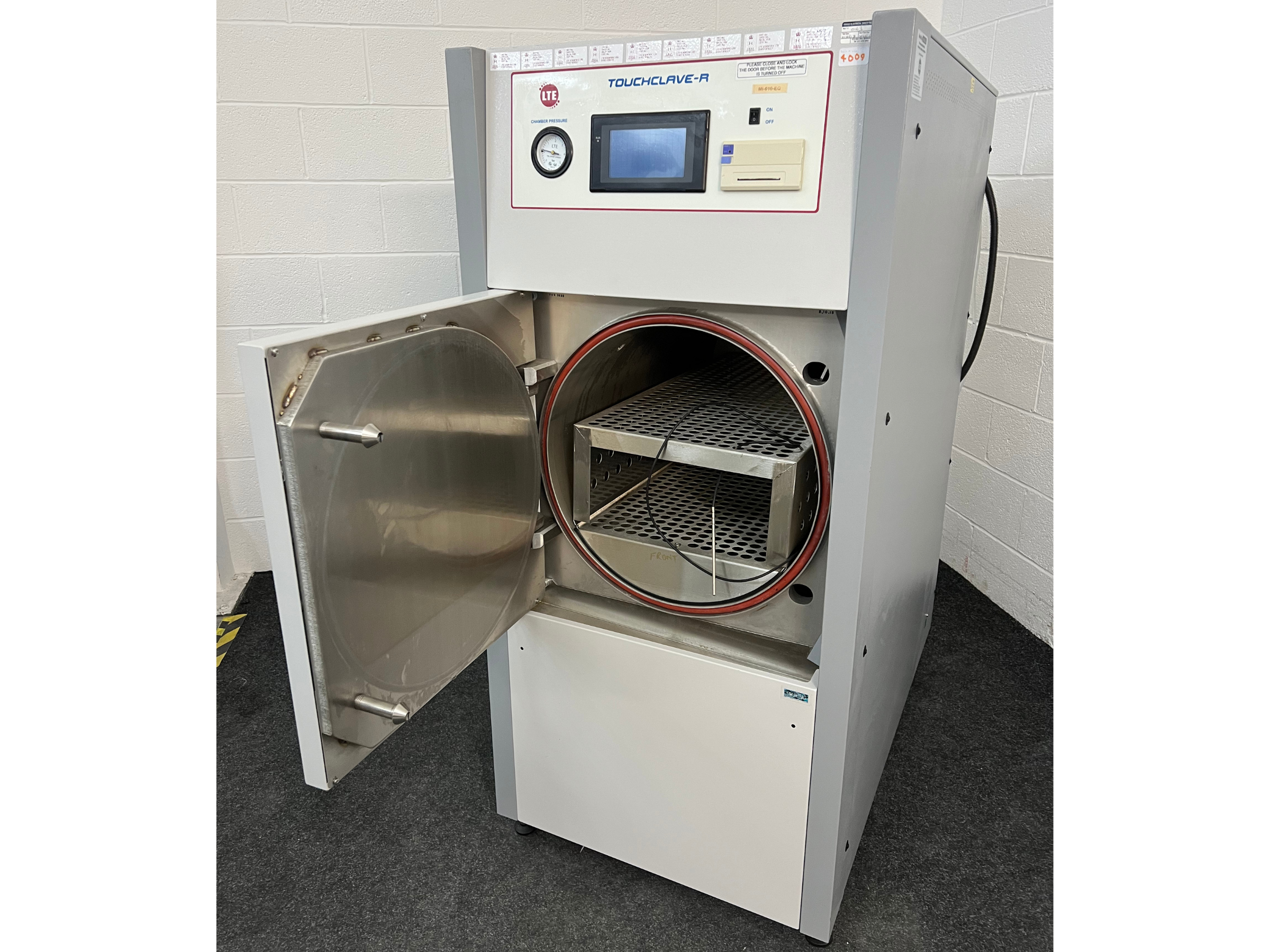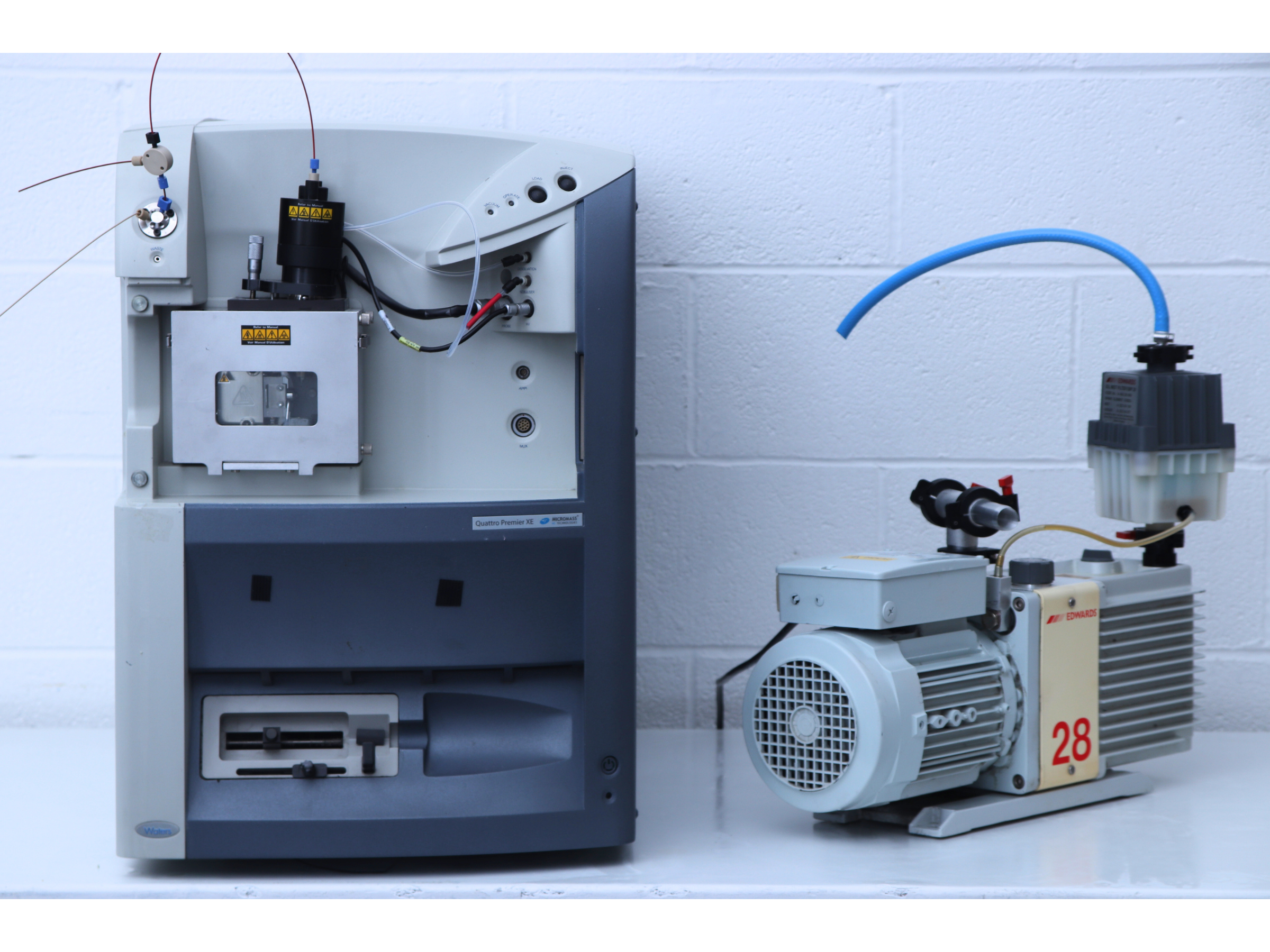Do you find yourself losing equipment easily, or falling over other lab users due to poor lab layout? Use our top tips for lab design in order to maximise efficiency and productivity. A well-organised lab not only improves efficiency, but also contributes to the safety and well-being of laboratory users.
Understand Workflow and Research Needs:
Before designing the layout, it is essential to understand the specific workflow and research requirements of the laboratory. If possible, speak to the people who will actually be working in the lab, and identify the key processes, equipment, and personnel interactions to create a layout that supports the unique needs of the research activities.
Zoning for Functionality:
Divide the laboratory into zones based on functionality and safety considerations. Clearly define areas for sample preparation, instrument stations, data analysis, and storage. Keep hazardous materials and equipment in separate zones to ensure the safety of lab occupants.
Flexibility in Design:
Design the laboratory layout with flexibility in mind. Research needs and equipment can evolve over time, so create a modular setup that allows for easy reconfiguration of workspaces. This adaptability ensures that the lab can efficiently accommodate changes in research focus or technology. Modular laboratory equipment and moveable furniture and storage can help to ensure your lab is flexible in case of changes.
Ergonomics:
Make sure you prioritise the ergonomics of the laboratory design to enhance the comfort and safety of researchers. Ensure proper ventilation, lighting, and ergonomic furniture. Nothing will derail productivity in the lab faster than uncomfortable users. Think carefully about things like the height of equipment, particularly if users will be working in the same place for a period of time.
Optimal Equipment Placement:
Place frequently used equipment and tools within easy reach of researchers. Ensure that workstations are well-equipped and organised to minimise the time spent searching for materials. This efficiency helps to reduce downtime and increases overall productivity. Even things like bin placement can have an impact.
Safety:
Ensure the space can be kept free from clutter, with clear walkways and access to exits. Consider how the space will be used. Once equipment is in use it will change the dynamic of the area, so consider placement of equipment carefully. Make sure doors do not open onto other users. Think about how the equipment will be used on a daily basis. If it requires certain tools or sample prep make sure there is space so nothing gets dumped on neighbouring workspaces.
Efficient Use of Space:
Maximise the efficient use of available space by implementing smart storage solutions and avoiding unnecessary clutter. Use vertical space for storage racks and cabinets, and employ efficient shelving systems to keep the workspace organized. This not only enhances productivity but also creates a clean and professional environment. Lots of equipment can be designed to be modular, allowing you to stack things like incubators and freezers. Additionally, it is common in news equipment to get controllers that can be wall mounted to make efficient use of the space.
Collaboration Spaces:
Foster collaboration among researchers by incorporating dedicated collaboration spaces within the laboratory. Create areas for team meetings, discussions, and knowledge-sharing. These spaces can encourage interdisciplinary collaboration and enhance the overall research output.
Technological Integration:
Integrate advanced technologies into the laboratory layout to streamline processes and data management. Consider the placement of computer workstations, data storage facilities, and networking infrastructure to ensure seamless connectivity and data transfer. Also think carefully about things like WiFi connection. If your building has notorious down-zones, avoid placing computers in areas where they will encounter problems.
Regular Maintenance and Updates:
Schedule regular maintenance checks and updates to keep the laboratory equipment and infrastructure in optimal condition. This proactive approach minimizes the risk of equipment failure, reduces downtime, and contributes to a more efficient and productive work environment.
Designing a laboratory layout that promotes productivity requires careful consideration of workflow, safety, flexibility, and collaboration. At Richmond Scientific we can help you find the ideal lab equipment, as well as supporting lab clearance if you have unwanted kit taking up space. Want to read more? Find out about incorporating furniture and storage in your lab design.
Browse Latest Arrivals
-
 Mettler Toledo Five Easy F20 pH Meter
Mettler Toledo Five Easy F20 pH Meter -
 Thermo Scientific RT Touch-22 Magnetic Stirrer
Thermo Scientific RT Touch-22 Magnetic Stirrer -
 Labcold RLPR0517 Refrigerator
Labcold RLPR0517 Refrigerator -
 Cole-Parmer SH-200 Rocker And Shaker
Cole-Parmer SH-200 Rocker And Shaker -
 Liebherr GGU 1500 Freezer
Liebherr GGU 1500 Freezer -
 Lec LSR288UK Laboratory Fridge
Lec LSR288UK Laboratory Fridge -
 Mettler Toledo MS204TS Analytical Balance
Mettler Toledo MS204TS Analytical Balance -
 Safetech ST-Alarm-V2 Safety Weighing Cabinet & 300 Series Fan
Safetech ST-Alarm-V2 Safety Weighing Cabinet & 300 Series Fan -
 Safetech ST-Alarm-V2R Safety Weighing Cabinet & CTS 600 Fan
Safetech ST-Alarm-V2R Safety Weighing Cabinet & CTS 600 Fan
